This month’s article is the second in a series of articles on host plants for butterflies and moths that I began last month. I started with two common butterflies in my garden, the Black Swallowtail (Papilio polyxenes) and the Giant Swallowtail (Papilio cresphontes). In today’s article I will look at two more swallowtail butterflies that I regularly see in my southwestern Ontario garden. As before, I will provide photos of the butterfly and its caterpillar (and egg, if I have a photo), as well as photos of some of its host plants along with some basic facts about growing these plants.
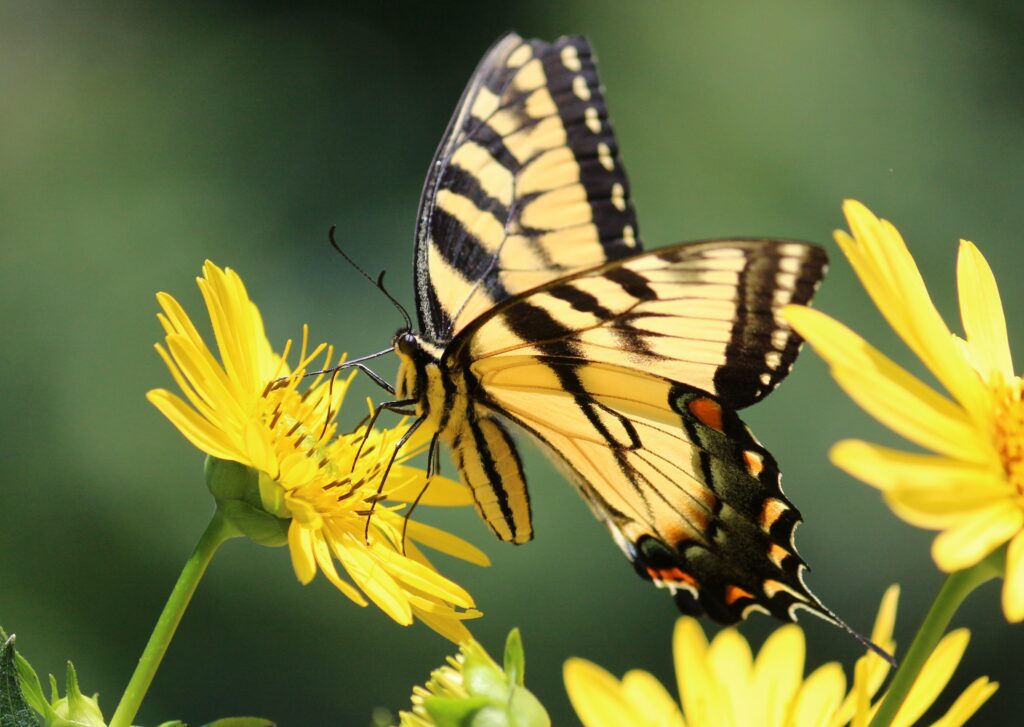
Spicebush Swallowtail (Papilio troilus)
Often (and easily) confused with last month’s Black Swallowtail, the Spicebush Swallowtail is a rare visitor in my garden, despite my having two large Spicebushes, a couple of Tulip Trees and a Sassafras tree, all of which are its host plants in the southern Great Lakes region.
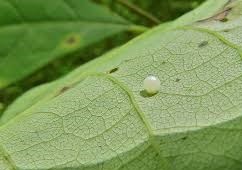
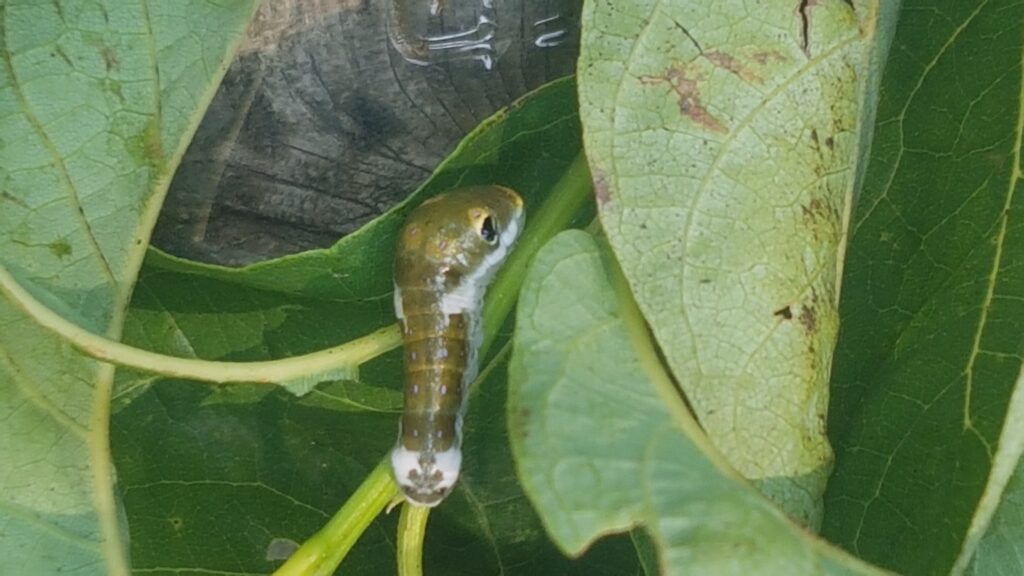
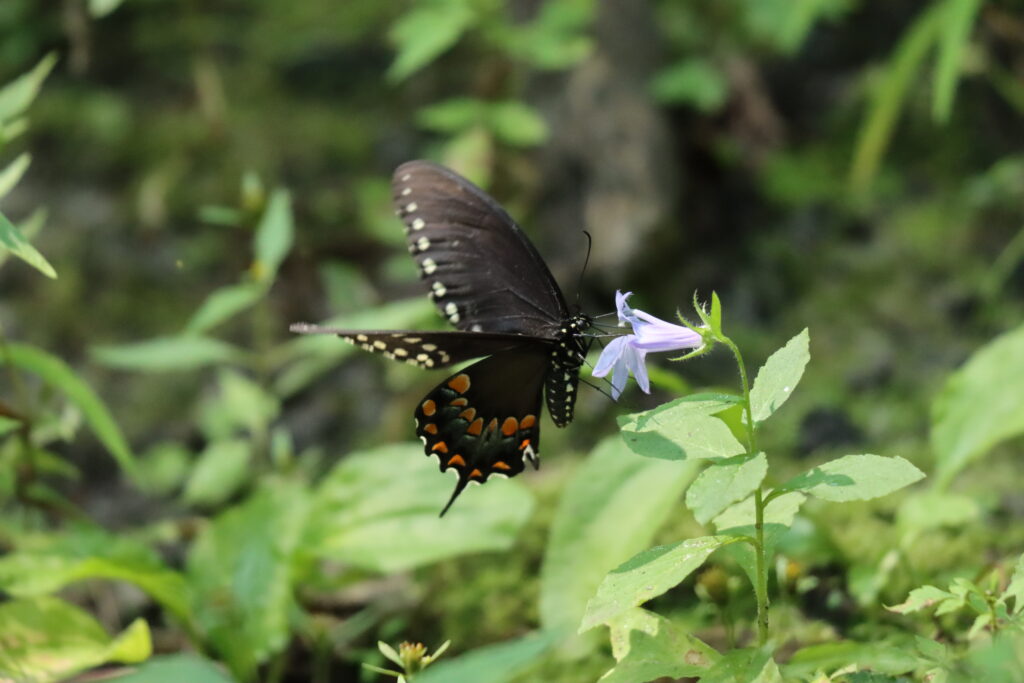
Like the Giant Tiger swallowtail, the young caterpillar of the Spicebush Swallowtail looks a lot like a bird dropping, thus discouraging predation by birds. However, as it outgrows its skin and gets larger and larger, it takes on a bright green colour and develops two large eye-spots, supposedly mimicking a snake. In its final instar, it tends to be bright yellow or orange, sometimes even a reddish orange colour.
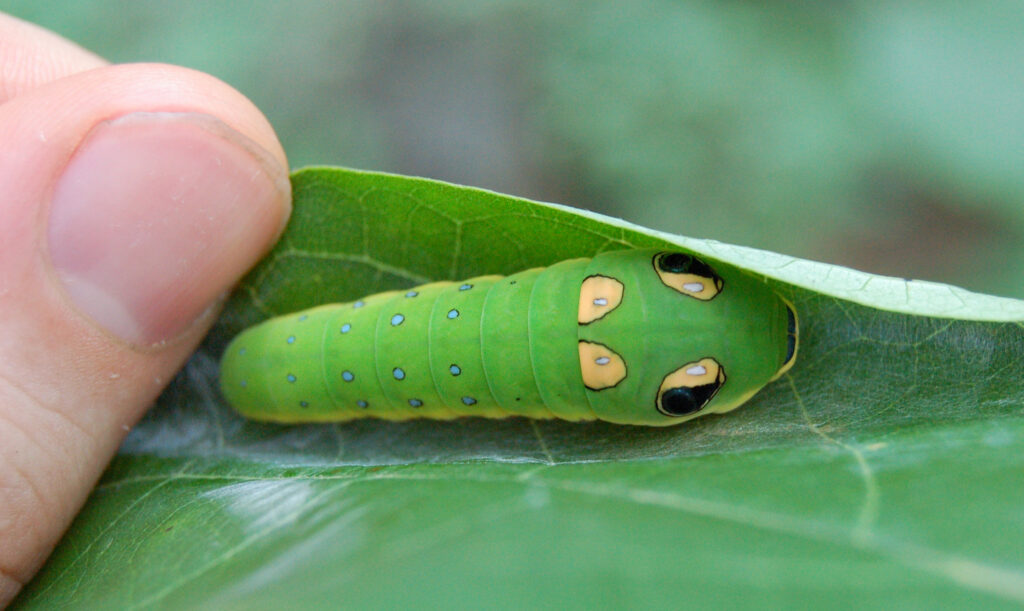

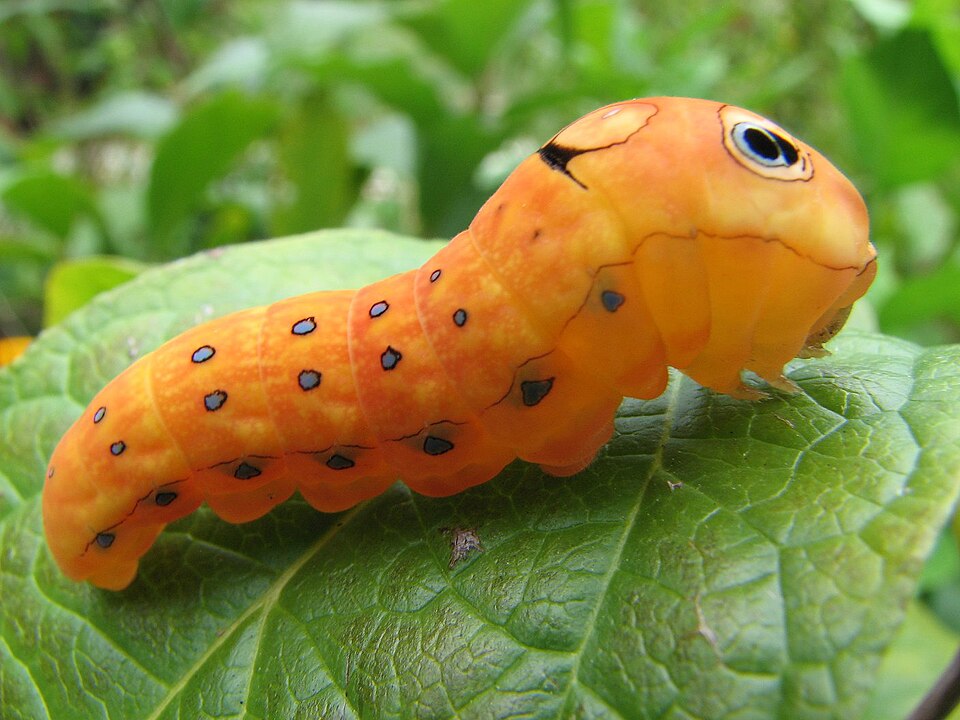
Image on the left (c)2006 Derek Ramsey (Ram-Man), GFDL 1.2 <http://www.gnu.org/licenses/old-licenses/fdl-1.2.html>, via Wikimedia Commons, image on the right Michael Hodge, CC BY 2.0 <https://creativecommons.org/licenses/by/2.0>, via Wikimedia Commons
The adult Spicebush Swallowtail nectars on a wide range of flowering plants, including asters, milkweeds, Purple Coneflower, and thistles. It is a large butterfly, with a wingspan of 31/2 to 51/2”.
Northern Spicebush (Lindera benzoin)
- Lindera benzoin, sometimes called Wild Allspice, is a shrub in the Laurel family. It is typically found in moist, rich forests as an understory shrub, growing from 5-15 feet tall (in my gardens, the height seems directly correlated to average soil moisture). This lovely shrub has early spring yellow flowers around the same time as the non-native – and useless to our butterflies – Forsythia. You supposedly need a male and a female plant to get fruit, but both of my shrubs produce berries yet I have yet to find another Spicebush in my neighbourhood!

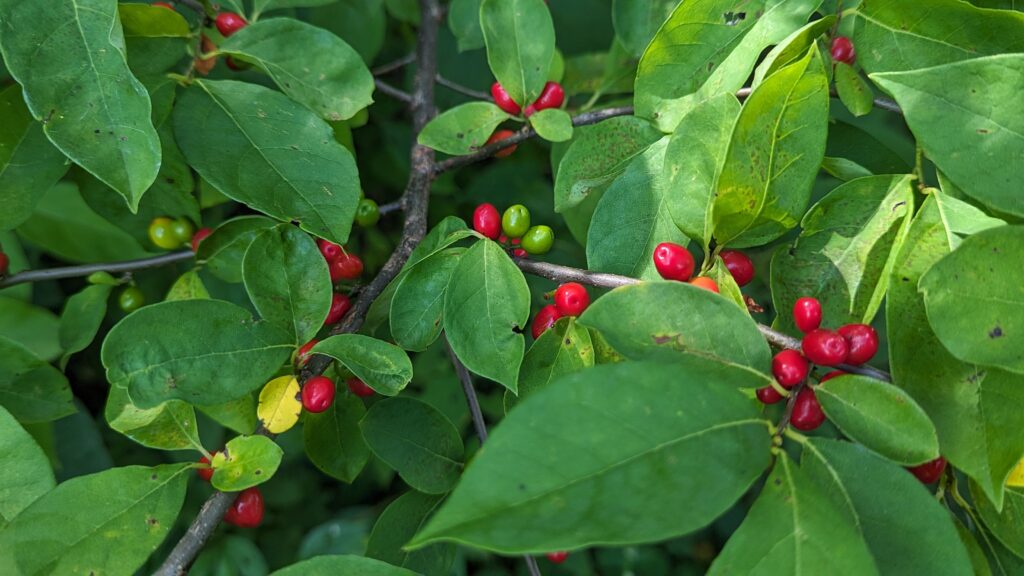
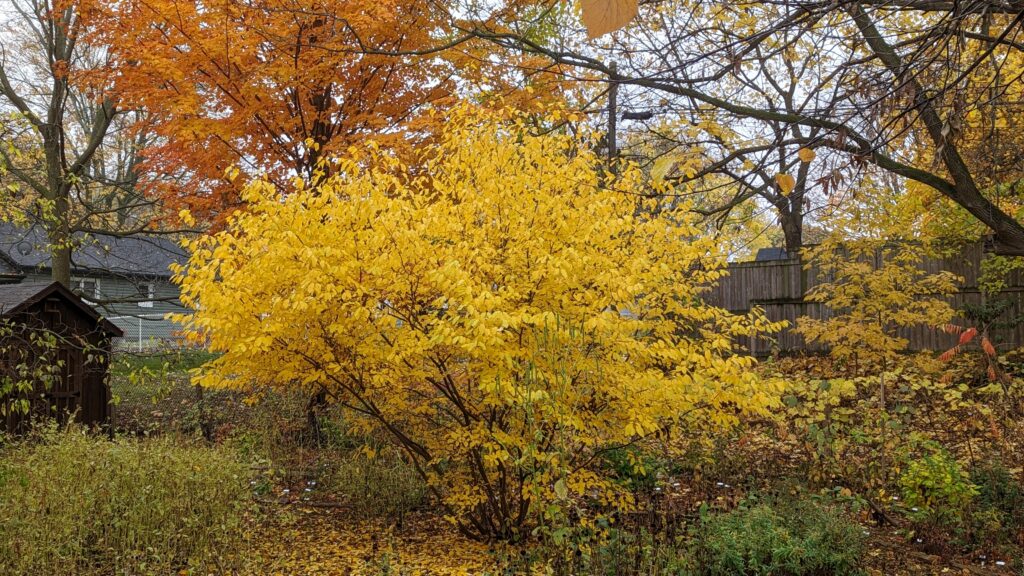
- If you have part to full shade and moist to average soil, this shrub is a must for your garden. The leaves have a lovely spicy fragrance when crushed, and a tea can be made from the twigs and leaves. Both green (unripe) and red (ripe) berries offer distinct tastes: green berries are sharp, lemony, and peppery, while red berries are sweeter, reminiscent of allspice. The berries can be used fresh or dried, with drying intensifying the flavor and prolonging their shelf life.
Tulip Tree (Liriodendron tulipifera)
- Liriodendron tulipifera is a magnificent tree – in the forest it grows tall and straight and can reach heights of 60-90 feet. Open-grown, it makes a wonderful shade tree. But probably its most notable feature is the large, yellow and green tulip-like flowers it produces each spring.
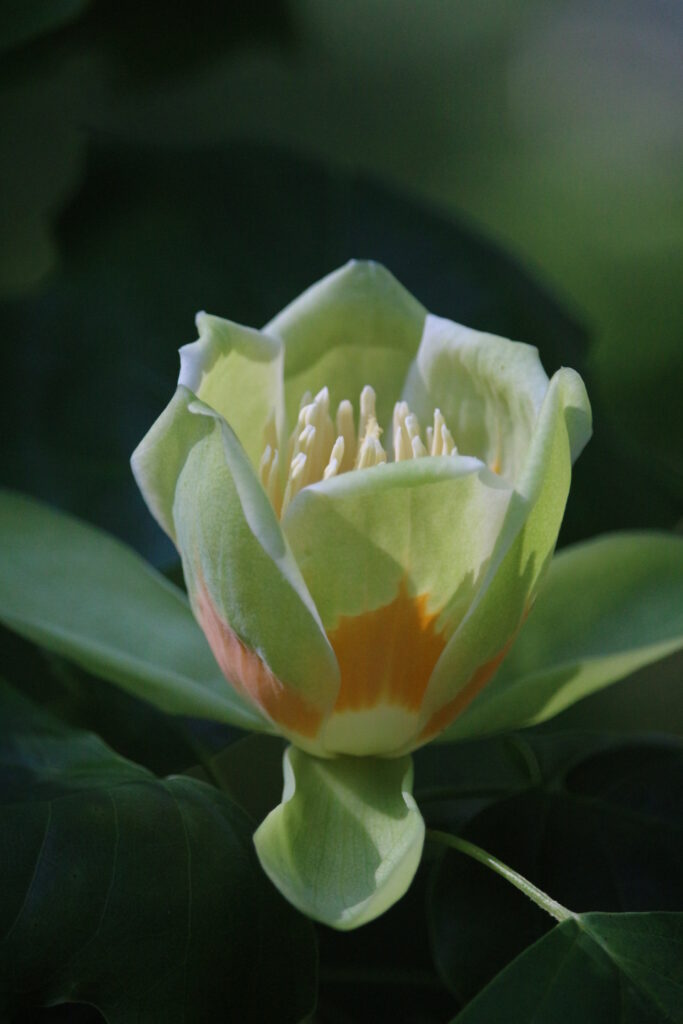
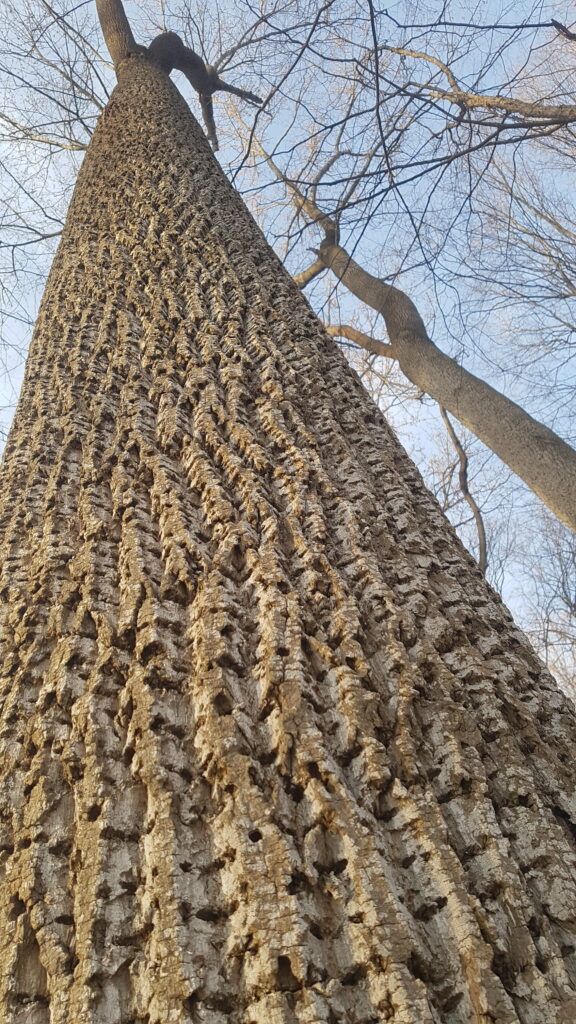
- Tulip Trees prefer full or partial sun, mesic conditions, and fertile soil that is loamy or silty. It is a fast grower and can produce flowers in less than 10 years. (In my mesic, silt-loam soil in part shade, my tulip tree reached about 40 feet tall and 18” across (dbh) in less than 15 years!) But, as with most fast-growing trees, the branches are a bit brittle and susceptible to ice and windstorm damage.
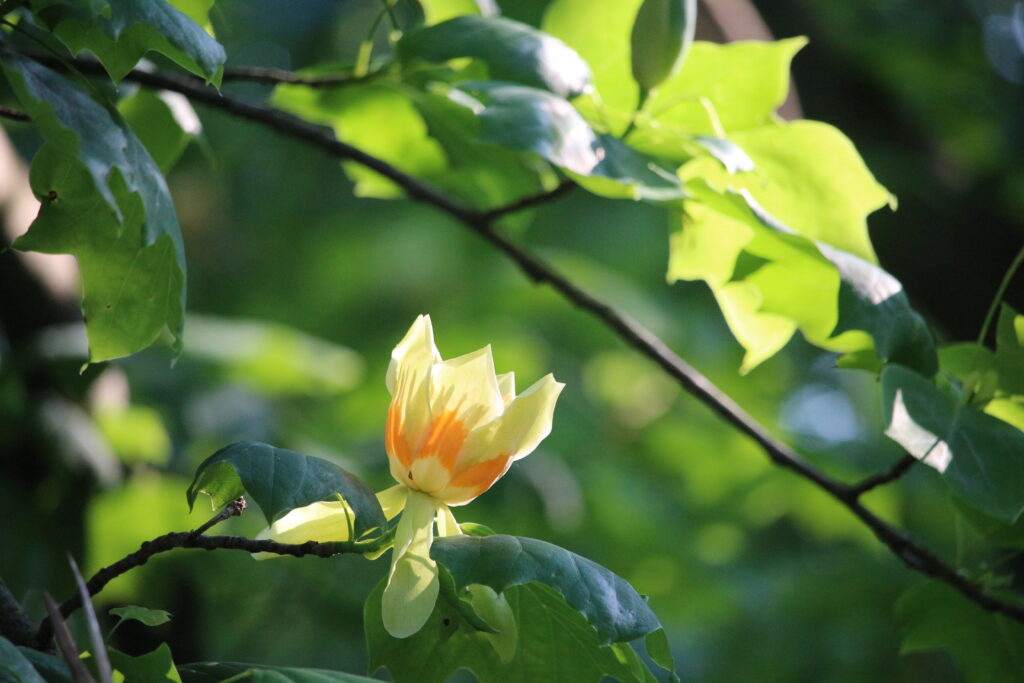
Sassafras (Sassafras albidum)
- A medium-sized tree (50-65 feet tall), Sassafras albidum is probably best known for it historic use for flavouring root beer. However, its use for this commercially was banned when it was shown that large doses of the active ingredient (safrole) caused liver damage and was linked to some cancers.
- The leaf shape can be quite variable, from a simple leaf to a “mitten” to a “trident”, and the leaf shape and their beautiful red and gold fall colours make this an interesting specimen in the garden. Like the Spicebush, this tree is typically dioecious, having male and female flowers on separate trees. This is a colony forming tree and, if allowed to grow unchecked, will send up root sprouts and soon form a grove.
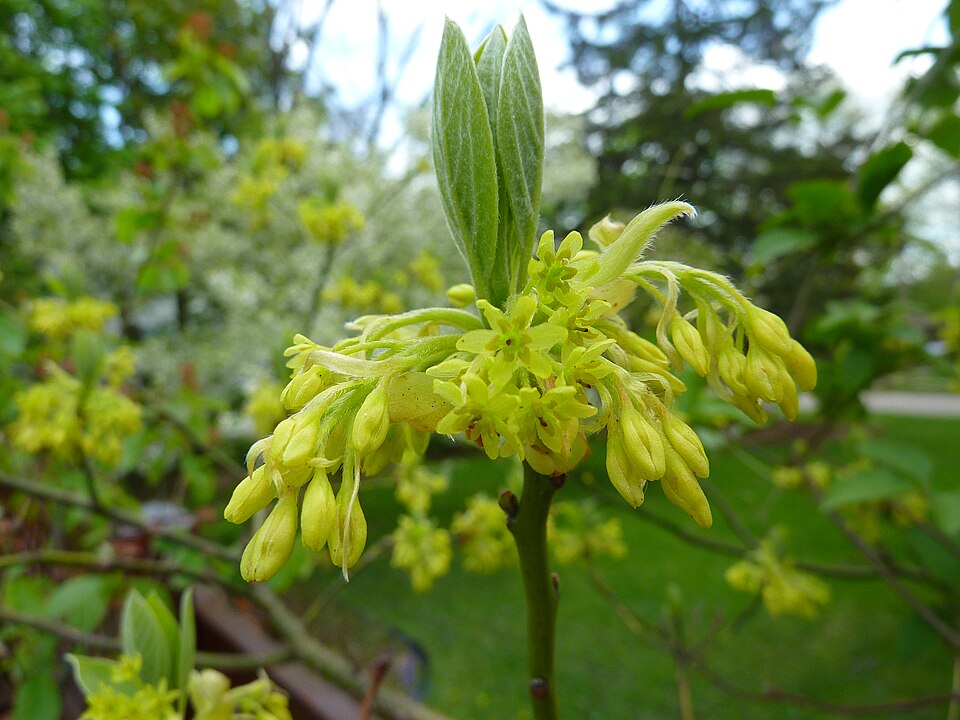
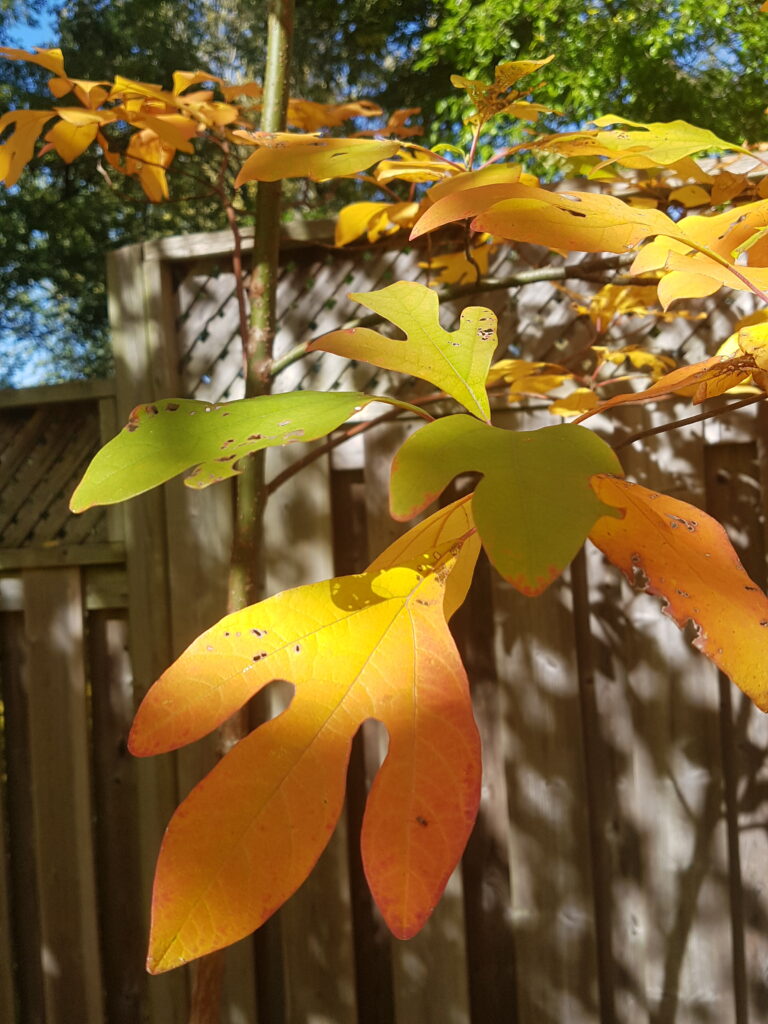
- It will grow in just about any loose, moist soil but it needs full sunlight for good growth. It seems to be a favourite of the invasive Japanese beetles in my garden, which often do a lot of cosmetic damage to the leaves, though it hasn’t seemed to impact the health of the tree.
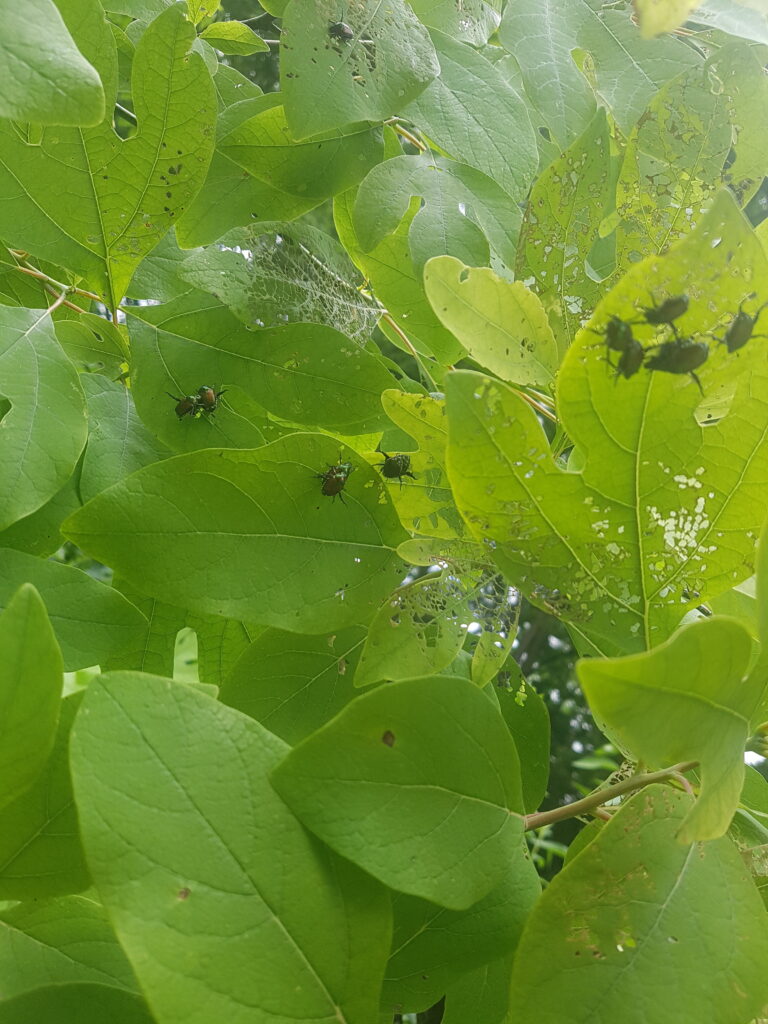
Eastern Tiger Swallowtail (Papilio glaucus)
The Eastern Tiger Swallowtail is the most common swallowtail butterfly in my garden, but they are quite territorial so I usually only see one resident – any other Tiger Swallowtails that pass through are harassed until they move on. They will even chase off other species of butterfly, and I once saw one chase after a sparrow (a move I thought rather brave – or foolish – as the bird could have quickly turned the tables).
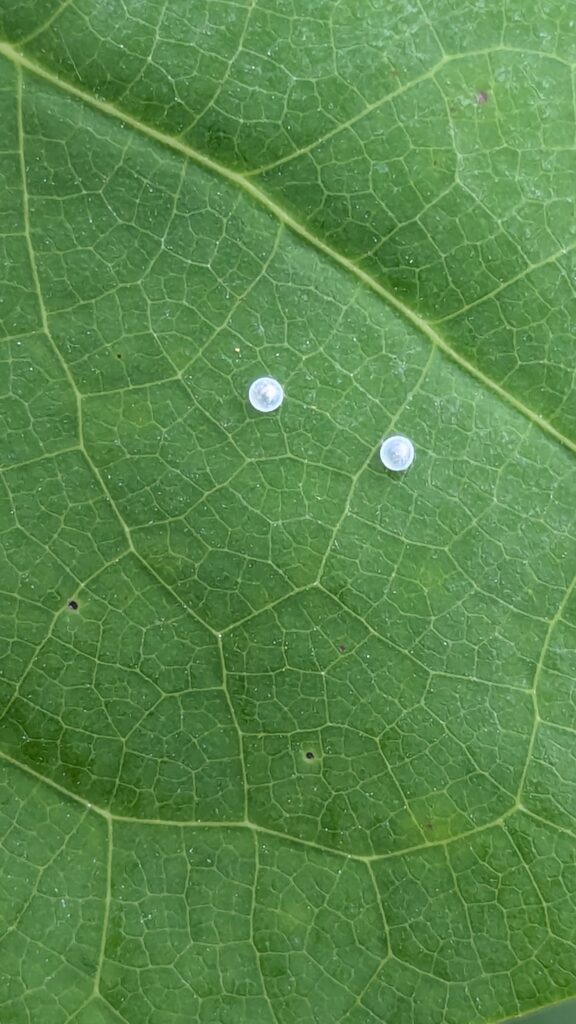
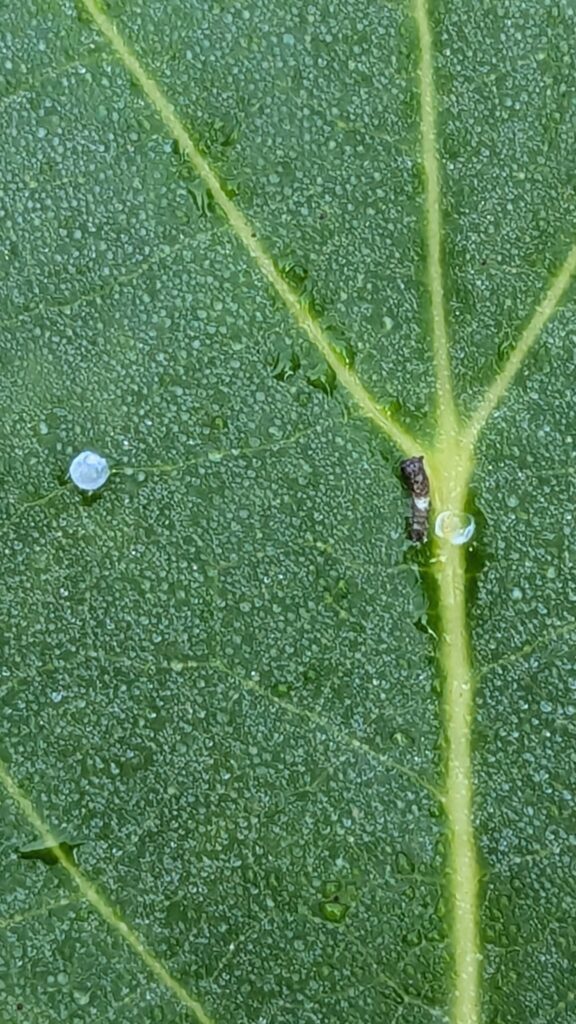
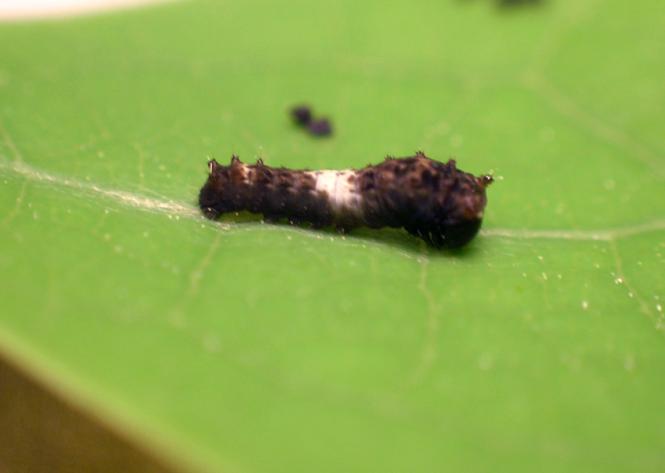

These large (up to 51/4” wingspan) bright yellow butterflies are hard to miss. Their preferred host plant is the Tulip Tree (Liriodendron tulipifera), but they will also use the Hop Tree (Ptelea trifoliata). If neither of these is available, they have also been known to use cherry trees (such as the Wild Black Cherry – Prunus serotina) and ash trees (Fraxinus spp.).


Tulip Tree (Liriodendron tulipifera) – see above
Hop Tree (Ptelea trifoliata)
- The Hop Tree goes by many common names – Wafer Ash, Stinking Ash, Swamp Devil’s Bit, Water Ash, Wing Seed and even Shrubby Trefoil. This is a small tree/ large shrub, getting 15-20 feet tall and spreading just as wide. It likes just about any kind of soil in full sun to full shade. It even makes a good potted shrub – just make sure your pot is large enough. The Hop Tree is monoecious, often producing male, female, and perfect (bisexual) flowers on the same shrub.

- The first time my Hop Tree flowered (in June), I couldn’t figure out where the lovely fragrance was coming from. Once I did, I regularly altered my path so I could come near the blossoms for a whiff of perfume. But it must be one of those fragrances (like the taste of Cilantro for some) that you either love or hate – how else would it get the common name Stinking Ash?!?
Further Reading
If you’d like to know more about the differences in our Swallowtail butterflies, there are two great sites with lots of comparison images at https://www.butterfliesathome.com/swallowtail-butterflies.htm and https://www.facebook.com/photo.php?fbid=684652250358733&id=100064418930419&set=a.558096469680979.